Share this post
AUTHOR:
Storytelling Tips Every Photographer Should Practice
October 14, 2025
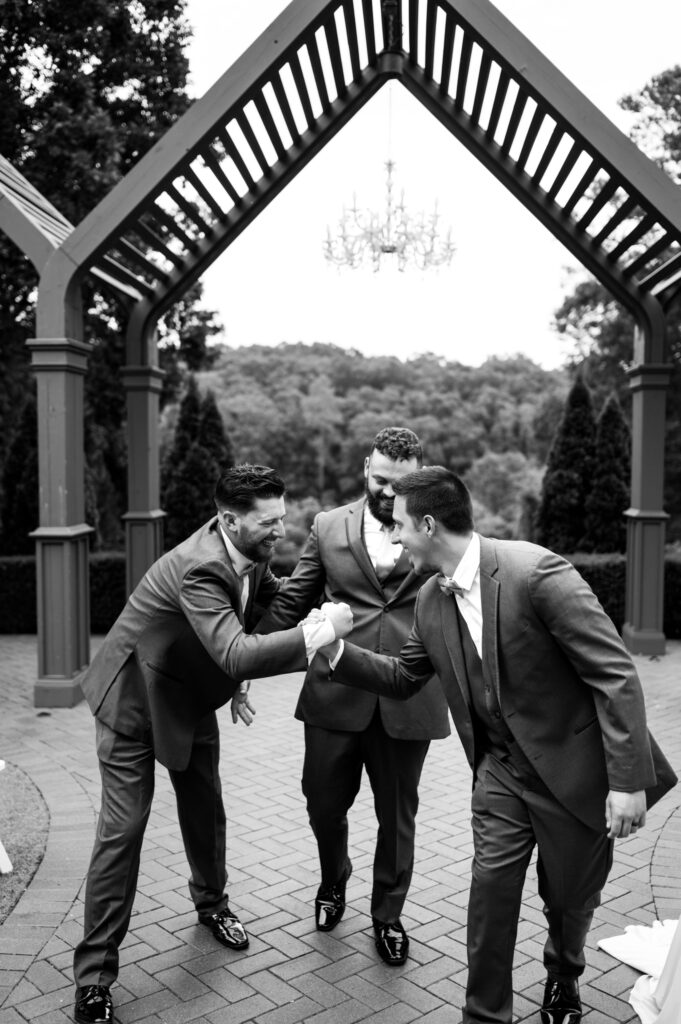
Storytelling is at the heart of powerful photography. While technical skills like exposure, composition, and lighting are essential, what often sets remarkable photographers apart is their ability to weave a meaningful narrative into their images. Whether you’re capturing weddings, family portraits, branding sessions, or editorial work, mastering storytelling enriches your photographs with emotion, context, and connection. In this post, we’ll explore key storytelling tips every photographer should practice to elevate their work and keep clients coming back again and again.
Here’s a quick list of what we’ll be covering:
- Capture Emotion First
- Use Light to Create Mood
- Frame with Purpose
- Incorporate Details That Matter
- Build a Connection with Your Subject
- Sequence Images for Flow
- Master the Art of Simplicity
- Integrate Environment and Context
- Experiment with Perspective and Angles
- Edit to Enhance the Story
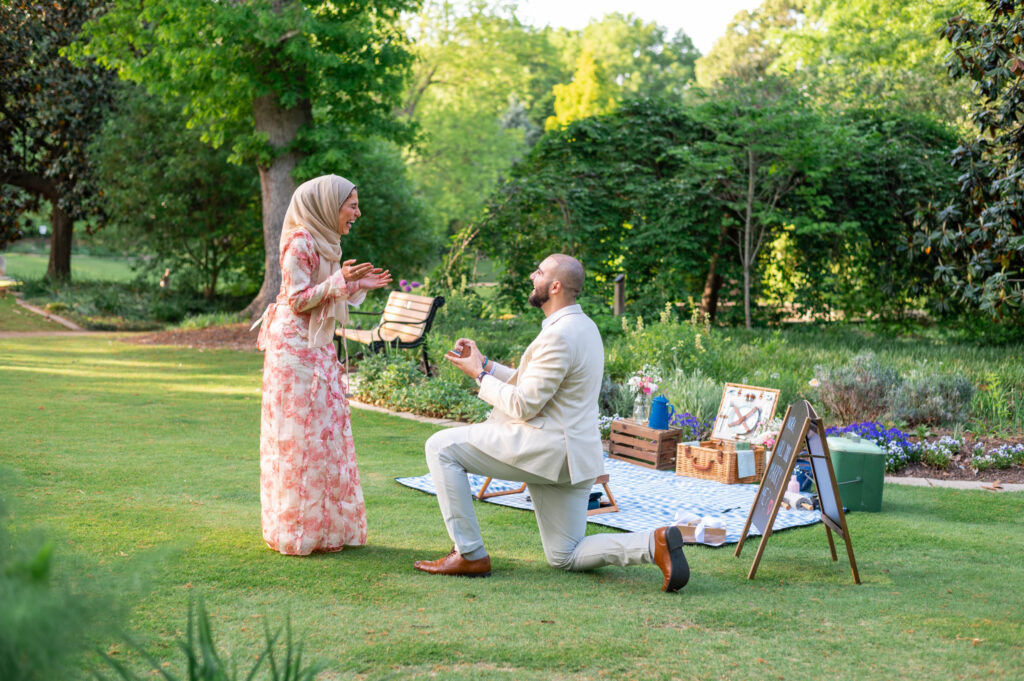
Capture Emotion First
Emotion is what transforms a technically strong photo into a powerful one. When you make emotion your anchor, your images feel human, raw, and relatable. Whether you’re capturing a tearful first look, a child’s laughter, or the quiet reflection of a subject in thought, emotion becomes the thread that ties your story together. Clients and viewers remember feelings more vividly than perfect lighting or composition, so leading with emotion creates long-lasting impact.
Emotion as the Storytelling Anchor
Photography storytelling comes alive when emotion is at the core. Whether it’s joy, vulnerability, or intimacy, capturing expressions and body language ensures viewers feel invested in the story being told. Emotion strengthens the connection between photographer, subject, and audience. By prioritizing emotion, you help your images resonate universally, even with people who don’t know your subjects personally.
Authentic Reactions Over Perfect Poses
Instead of prioritizing stiff perfection, focus on genuine interactions. Keep your subjects engaged in conversation or create prompts that inspire laughter and authenticity. These small exchanges bring out true emotion in storytelling photography. For example, asking a couple to share their favorite memory together often evokes genuine smiles and glances that no pose could replicate.
Use Light to Create Mood
Light doesn’t just illuminate a subject, it sets the stage for the entire mood of the photo. The direction, color, and quality of light all shift how a story is received. Photographers who understand how to manipulate light gain the power to lead their audience’s emotions before they even notice the subject itself. Thoughtful use of light can turn an ordinary setting into a cinematic frame that feels intentional and unforgettable.
Natural Light Storytelling Techniques
Natural light plays a huge role in storytelling because it influences atmosphere and tone. Warm golden hour light conveys calm intimacy, while harsh midday light can tell stories of boldness, energy, or rawness. Even soft window light indoors can add depth by creating quiet, contemplative tones. Learning to observe and use these natural changes helps photographers harness light to support the story.
Artificial Light for Dramatic Effect
Artificial lighting lets you shape drama in storytelling photography. A single spotlight, for example, can highlight isolation, while soft studio lighting can tell a story of comfort and elegance. Using strobes, fairy lights, or even neon signs gives photographers full creative control over mood. These choices are especially useful when natural light isn’t enough or when you want to amplify a theme.
Frame with Purpose
Every frame is an opportunity to direct attention and clarify your story. How you compose a scene signals to the viewer what is important, what is secondary, and what should be left to the imagination. Intentionally framing subjects creates a more immersive experience, guiding viewers to notice the emotional or symbolic elements within your work. By choosing compositions carefully, you elevate your storytelling from snapshots to intentional narratives.
Storytelling Through Composition
Composition decides which elements enter the narrative. Using rules like leading lines or symmetry allows photographers to guide viewers toward the focal point of their story. Layering subjects or using foreground elements can also give depth, making the story feel more immersive. Each compositional choice adds meaning, whether you’re telling a story of intimacy, adventure, or chaos.
Negative Space as a Narrative Tool
Negative space isn’t empty, it adds impact. Using intentional simplicity in your frame can heighten emotion and emphasize the subject’s role in your storytelling. The empty space often mirrors emotion itself, such as loneliness, freedom, or clarity. When applied thoughtfully, negative space ensures the audience focuses on the story without distraction.
Incorporate Details That Matter
Details anchor your photos in reality while adding texture to the story. The way someone holds a bouquet, the creases in a well-loved leather jacket, or the glint of light on a wedding ring can all speak volumes. These nuances are often what clients cherish most because they reflect the uniqueness of their story. Highlighting details allows viewers to pause and appreciate the little things that make each narrative unforgettable.
Storytelling Through Small Nuances
Close-ups of hands, décor, or textures give your photography storytelling depth. These details often carry meaning, anchoring the larger narrative in something tangible. They also allow your audience to feel more present in the scene, almost as if they’re noticing the story themselves. A well-timed detail shot can even stand alone as a story within the story.
Symbolism in Visual Storytelling
Intentional props or colors inject layers of symbolism. For example, a child’s toy in a maternity session adds to the storytelling by symbolizing future chapters. A specific color palette, like soft blues or bold reds, can signal emotions of calm, passion, or energy. The use of symbols adds complexity, inviting viewers to interpret the story in personal and meaningful ways.
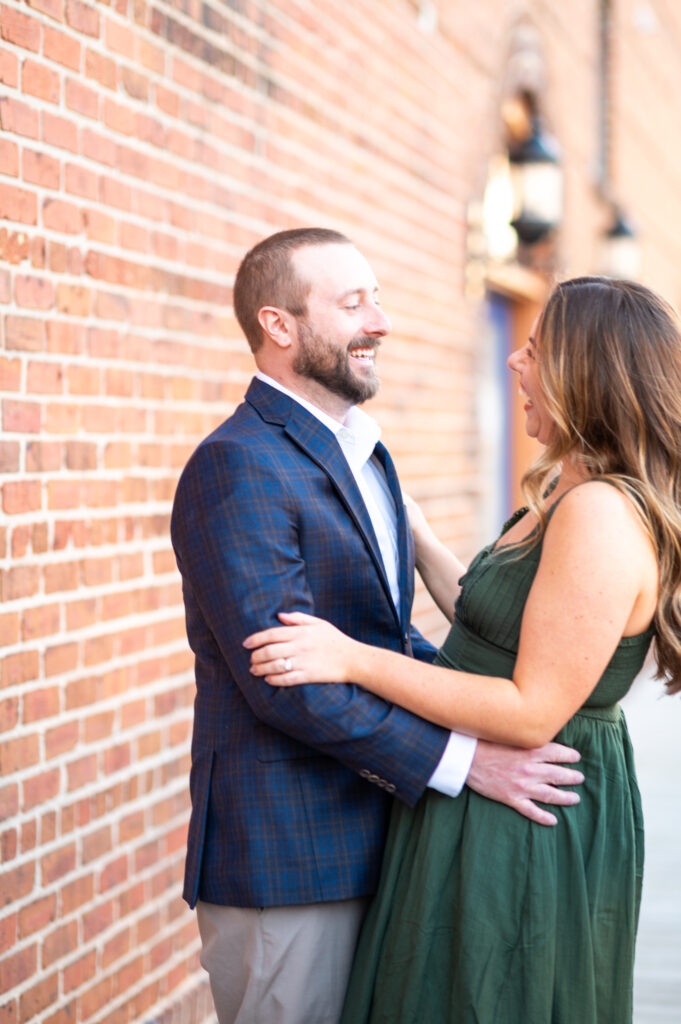
Build a Connection with Your Subject
The relationship between photographer and subject sets the foundation for authentic storytelling. A camera can feel intimidating, but when your subject feels safe and seen, they naturally open up. Establishing trust allows you to capture genuine expressions, gestures, and emotions that scripted posing could never achieve. A strong connection not only enhances your images but also deepens the client’s overall experience. Take a look at this blog The Importance of Connecting With Your Photography Subject for more information on why client communication is so important to us.
Conversation Creates Trust in Storytelling
The more relaxed and connected your subject feels, the more authentic the storytelling will appear in your photography. Engaging in genuine conversation unlocks natural body language. Asking about their interests, listening attentively, and showing empathy are small but powerful ways to put people at ease. When subjects feel heard, they give you moments that are unguarded and real.
Direction Without Overpowering
Subtle guidance (instead of rigid posing) allows your subject’s personality to shine. Offering prompts rather than instructions reinforces a storytelling style that feels real and unscripted. For example, asking a couple to walk hand-in-hand while sharing a joke creates motion and connection. This balance ensures you shape the story while still leaving space for natural authenticity.
Sequence Images for Flow
Individual images are powerful, but sequencing them builds a full narrative arc. By arranging photos intentionally, you guide viewers through a journey that feels cohesive and engaging. A well-sequenced gallery mirrors the way people naturally recall memories: moments of anticipation, bursts of action, and quiet pauses. When you think about flow, your storytelling feels more cinematic and emotionally satisfying.
Chronological Storytelling in Photography
Curating your images in chronological order helps audiences follow the natural progression of events. From preparation to celebration, this sequencing creates a narrative rhythm. It allows viewers to experience a story as if they were there, moment by moment. Chronology also makes it easier for clients to relive their day in order, deepening the emotional connection.
Storytelling With Visual Peaks and Valleys
Just like a movie, strong storytelling alternates between high-energy and quiet moments. Sequencing photography with contrasting moods keeps an audience engaged. High-energy group shots may be followed by an intimate close-up, creating balance. These peaks and valleys ensure your gallery feels alive rather than repetitive.
Master the Art of Simplicity
Great storytelling isn’t about cramming every detail into one frame, it’s about clarity. Stripping away distractions helps your subject and message shine. Simplicity communicates strength, allowing emotion and meaning to stand at the forefront. When your compositions are clean, your stories become easier for audiences to digest and remember.
Eliminating Clutter in Storytelling Images
A busy frame dilutes your story. Removing distractions ensures your subject remains the hero of each photograph, amplifying the storytelling impact. This doesn’t mean your images lack depth—it means every detail is purposeful. Editing out clutter ensures your storytelling feels polished and intentional.
Minimal Storytelling with Strong Focus
Centering on one detail, like a bride’s tearful glance, delivers a focused and powerful emotion that resonates with viewers deeply. Simplicity forces the audience to slow down and absorb the moment fully. By reducing visual noise, you give your story more strength and longevity.
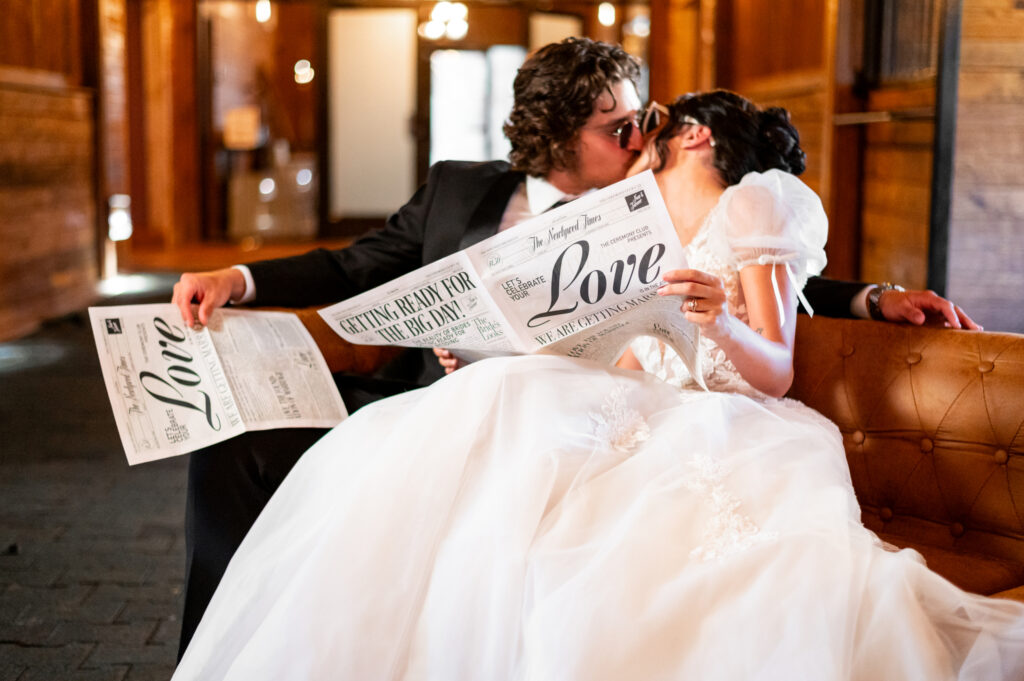
Integrate Environment and Context
Context transforms photos from portraits into narratives. The setting around your subject adds layers of meaning, grounding the story in time and place. Whether it’s a cozy living room or a bustling city street, the environment communicates aspects of the subject’s identity and experience. Integrating context helps your storytelling feel rooted and authentic.
Backgrounds in Storytelling Photography
Backgrounds strengthen storytelling by providing context. A candid portrait in a family kitchen, for example, tells a richer story than the same subject against a plain studio backdrop. Every background element contributes meaning, whether it’s nostalgia, culture, or lifestyle. Thoughtfully chosen backgrounds help connect viewers to the subject’s world.
Location as Character in the Story
Locations can be as much of a “character” as your subjects. A beach, cityscape, or forest adds its own voice to the storytelling in photography. When treated with intention, the environment sets the emotional tone, whether it’s adventurous, romantic, or serene. This approach gives depth to your narrative and helps images feel more memorable.
Experiment with Perspective and Angles
Perspective shifts the way audiences emotionally interact with your work. A simple change in angle can transform an ordinary shot into something dynamic and unexpected. Experimenting with viewpoints not only makes your images visually interesting but also gives you more tools to shape your story. Angles can convey authority, vulnerability, or playfulness depending on your creative vision.
Storytelling From Unique Viewpoints
Changing your angle alters the emotion of your storytelling. Shooting low can evoke empowerment, while overhead angles may suggest vulnerability or intimacy. Tilting your lens slightly can even add energy or tension. Each shift forces the viewer to see the subject in a new way, which keeps your storytelling fresh.
Engaging Audiences With Visual Curiosity
Unconventional perspectives, like reflections in water or mirrors, invite audiences to interact with your storytelling, sparking curiosity and engagement. These techniques add surprise and depth, encouraging viewers to pause and reflect. A creative perspective often becomes the detail that sticks in someone’s memory. It’s a tool that helps your photography stand out in a crowded space.
Edit to Enhance the Story
Editing is not just about polishing images, it’s about reinforcing the story. Every adjustment in color, contrast, or sharpness adds to the mood and message you’re communicating. When editing is intentional, it bridges the gap between what you captured and how you want viewers to feel. A strong edit ensures consistency and keeps the emotional thread intact. Sign up for a Mastering Lightroom Session for more help on how to edit to add story.
Color Grading as a Storytelling Tool
Post-processing is a continuation of storytelling. Warm tones can evoke nostalgia, while cooler palettes may convey loneliness or tranquility. Bold edits may communicate energy, while muted palettes suggest quiet moments. Every color choice becomes part of your story’s voice.
Consistency Strengthens the Narrative
Applying a cohesive editing style ensures your storytelling feels immersive. Consistent tones across a series create unity and professionalism. Without consistency, even strong images can feel disjointed or confusing. Cohesion ensures your narrative feels complete from start to finish.
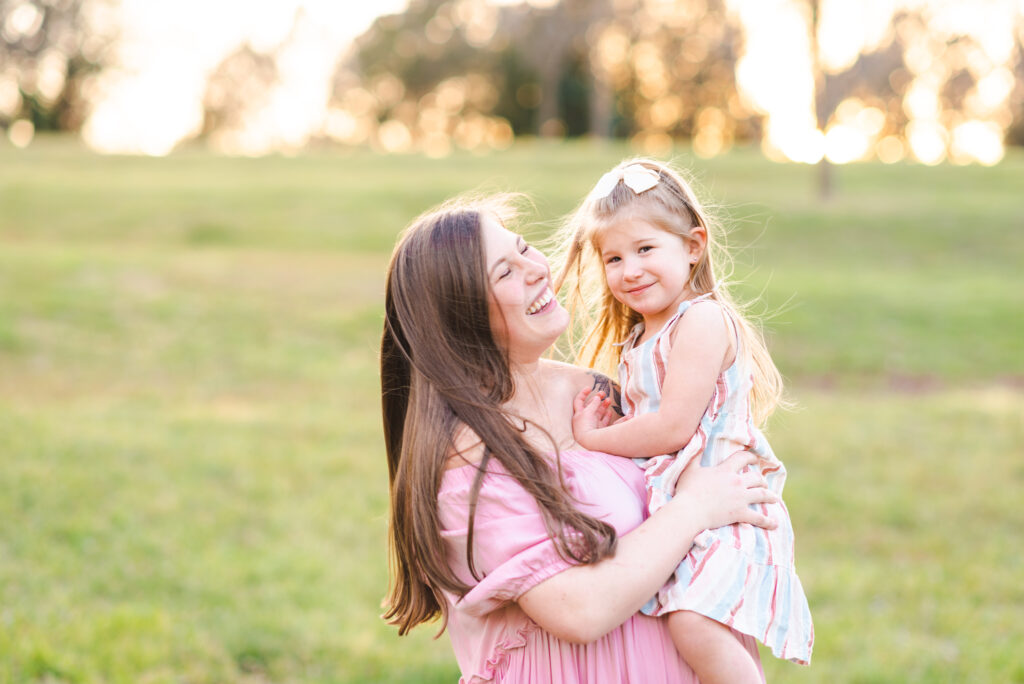
Storytelling in photography is less about technical perfection and more about emotional intention. Every choice you make, from framing to light to editing, either adds to or takes away from the story. The more intentional you are, the more likely your images will resonate with audiences on a deeper level. By practicing these storytelling tips consistently, you not only improve your craft but also build a brand known for meaningful, lasting imagery. At the end of the day, great storytelling helps you create photographs that clients treasure and share for years.
If you’re ready to strengthen your impact as a photographer, start practicing these storytelling tips one session at a time. Clients don’t just want technically strong photos, they crave meaningful stories. Incorporating storytelling into your work helps you capture not just images, but memories that last a lifetime. Ready to refine your storytelling skills and attract dream clients who connect with your vision? Reach out today and let’s build your photography brand around compelling stories with a 1:1 Coaching Session.
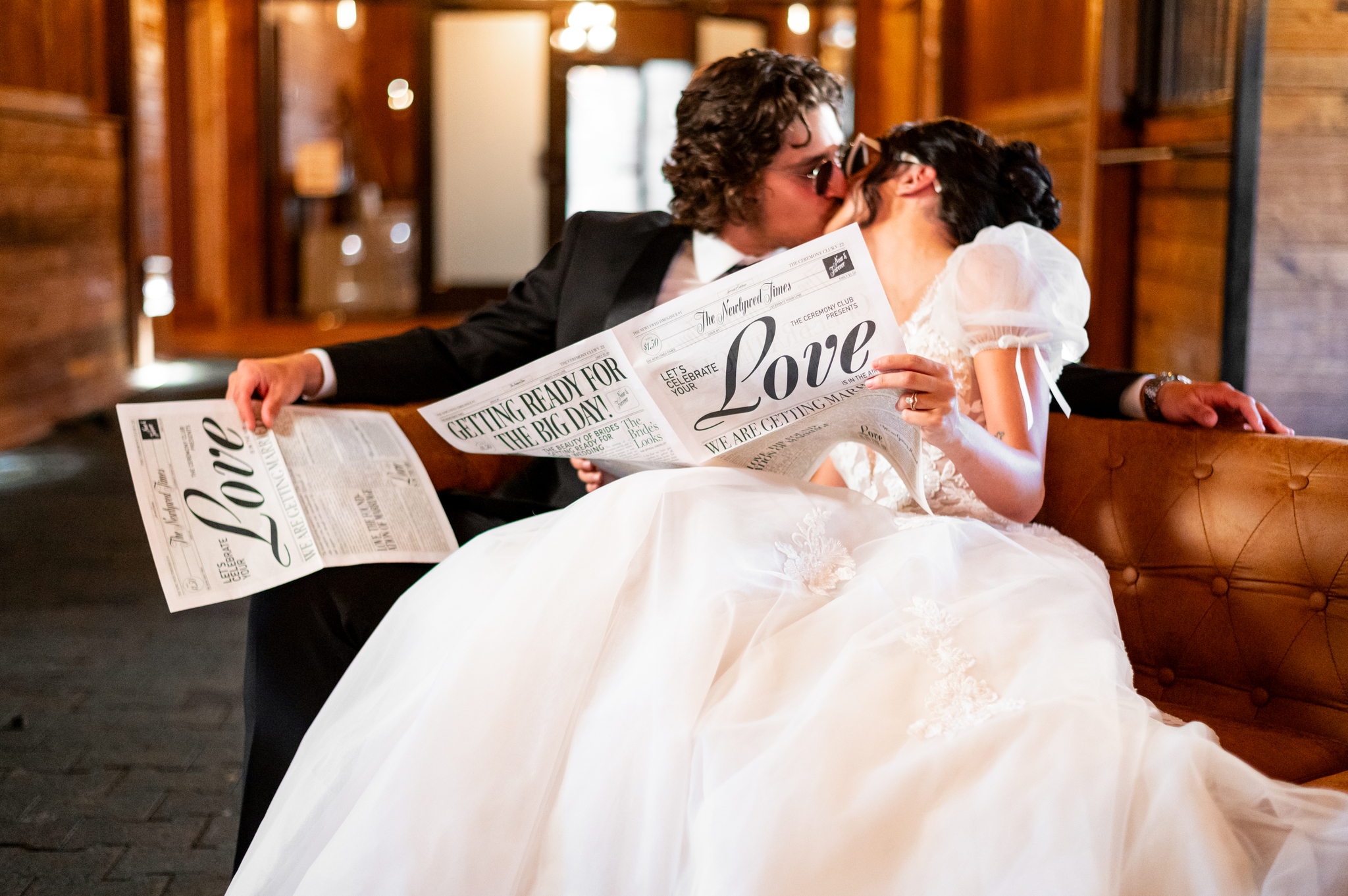
Comments